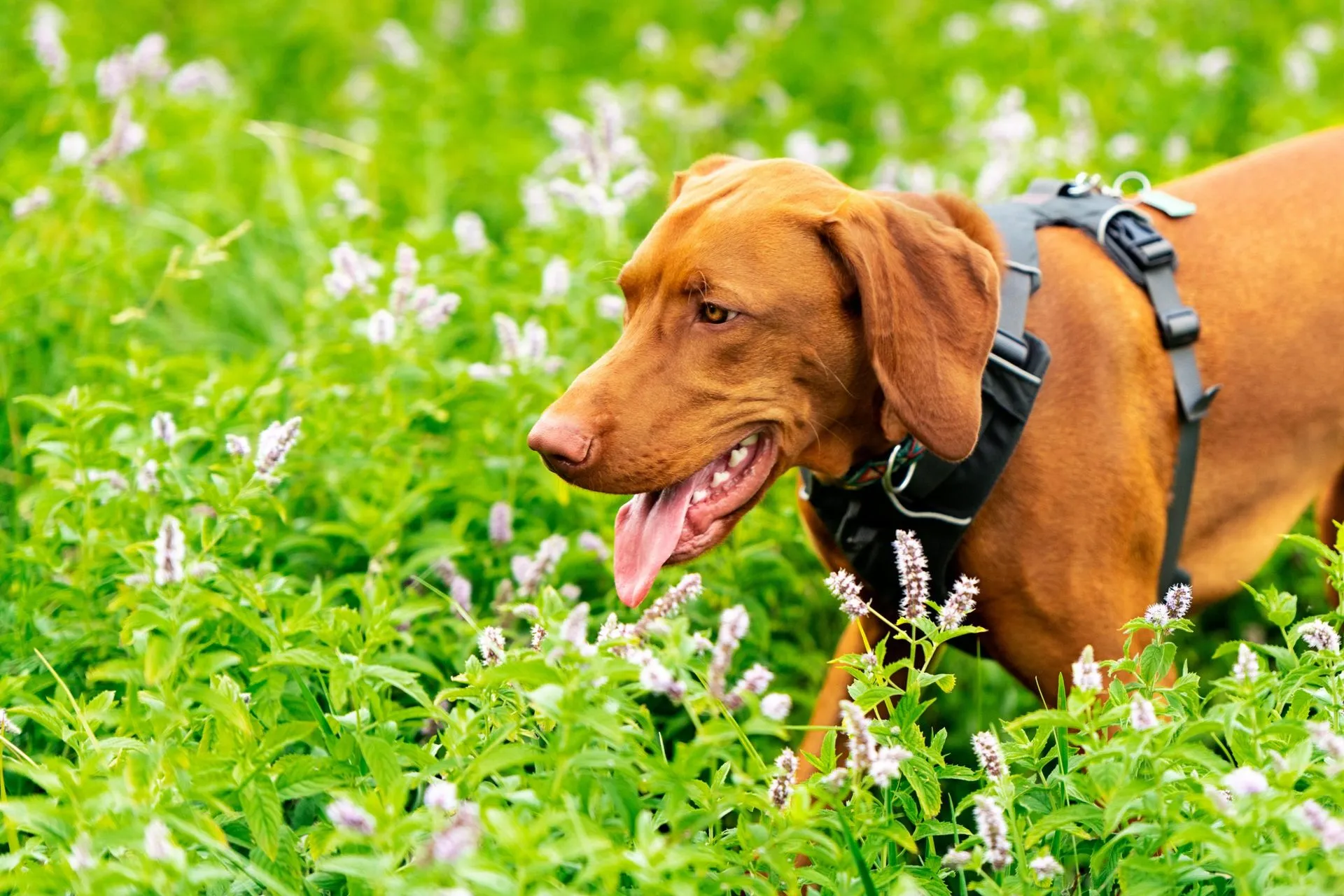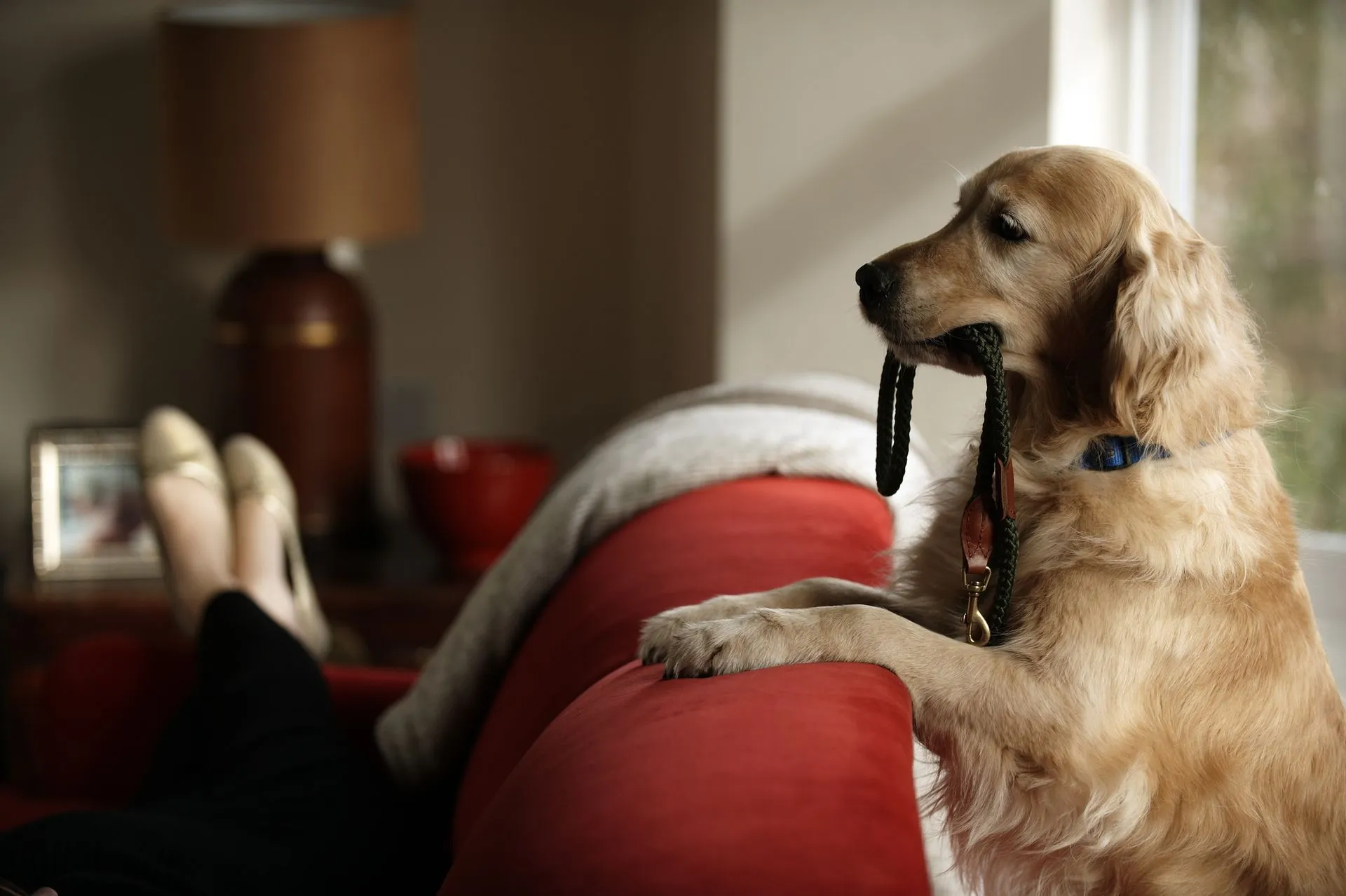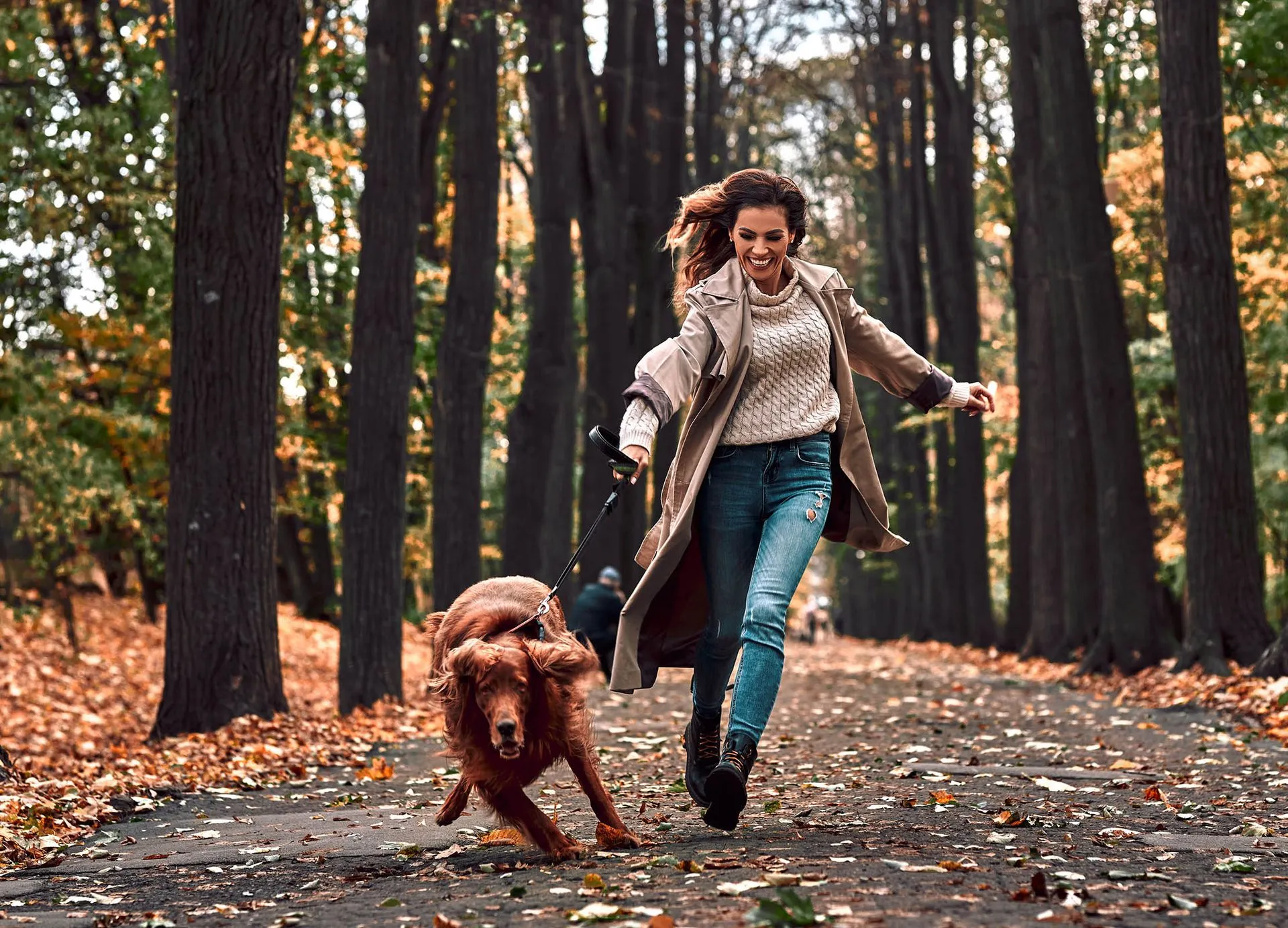Bringing a new puppy into your home is an exciting time, filled with joy and adorable moments. However, as your puppy grows, a common challenge many owners face is a young, energetic dog that pulls on the lead during walks. The instinct might be to reach for a harness lead, hoping it will provide better control. Yet, the choice of a Puppy Harness And Lead can significantly impact not only your puppy’s training but also their long-term physical health. Understanding the most effective and safest methods for walking your puppy is crucial for their development and your peace of mind.
For seasoned dog trainers, the foundation of a well-behaved dog on walks always begins with the “heel” command. This command teaches your puppy to walk calmly beside you, attentive to your movements, regardless of distractions in their environment. It’s a core principle that ensures you maintain control and your puppy learns proper leash etiquette from an early age.
The Heel Command: A Foundation for Every Puppy
Teaching the heel command should be a priority for every puppy owner. This isn’t just about obedience; it’s about establishing clear communication and a safe walking routine. A puppy that understands “heel” will walk next to your left leg, maintaining focus and pace, whether on or off the lead. This fundamental skill prevents pulling, which is not only frustrating for owners but can also be detrimental to a puppy’s developing body. Consistency and positive reinforcement are key to embedding this command deeply into your puppy’s training, setting them up for a lifetime of enjoyable walks.
Understanding Puppy Harnesses: Are They Always the Best Choice?
While a puppy harness might seem like an intuitive solution for a strong, pulling pup, it’s important to consider their original design and function. Harnesses were historically used for tasks like pulling carts, leveraging an animal’s full strength. In a similar vein, they are frequently utilized in human athletic training, such as rugby or weightlifting, to help individuals pull heavy objects with greater ease by distributing the load across the shoulders, back, and waist. When applied to a puppy, this design can, paradoxically, make pulling worse.
 A dog being walked on a lead in a field, looking towards its owner.
A dog being walked on a lead in a field, looking towards its owner.
Many trainers argue that placing a harness on a puppy that habitually pulls can inadvertently empower them, making them feel stronger and even more difficult to manage. While a notable advantage of harnesses is that they don’t exert direct pressure on a puppy’s delicate neck, this benefit often comes at another cost. Depending on the harness design and the puppy’s pulling intensity, significant pressure can be exerted on their shoulders and hips. This is because the force from pulling is primarily driven from these areas, propelling the puppy forward. In severe cases of pulling, a puppy’s front legs might barely touch the ground, as the propulsion comes mostly from their rear.
 A dog in a harness, leaning forward as if pulling strongly.
A dog in a harness, leaning forward as if pulling strongly.
Potential Health Concerns for Growing Puppies
The developmental stage of a puppy is critical, with their bones and joints rapidly forming. Placing undue strain on these areas can lead to long-term health issues. Expert dog trainers have observed, particularly in breeds prone to hip problems like Labradors, an correlation between early harness use and the development of hip issues at a young age. Puppies, especially larger breeds, are often on high-protein diets that fuel rapid growth. When their rapidly developing bodies are subjected to immense pressure on the hips and shoulders from constant pulling against a harness, it raises questions about whether their skeletal and muscular systems are developing optimally. This concern has been echoed in discussions with many veterinarians who are increasingly considering this as a potential contributing factor to early onset joint problems, particularly in larger breeds that heavily lean into their harnesses. Ensuring a puppy’s healthy development also involves providing appropriate enrichment, such as safe and durable options for best chew toys for pit puppy, which can help channel their energy constructively.
The Case for Slip Leads in Puppy Training
When used correctly, a slip lead can be a far more effective and safer alternative for training a puppy to walk politely. Once a puppy has been introduced to the heel command, a slip lead sits loosely around their neck, providing minimal, if any, pressure when they walk correctly. The key is in the proper application and the puppy’s understanding of the heel. With a slip lead, the puppy learns to walk in a balanced, upright position, using all four legs evenly, rather than disproportionately relying on their front or back legs for propulsion.
 A dog standing attentively with a slip lead around its neck.
A dog standing attentively with a slip lead around its neck.
This balanced gait is crucial for the healthy development of a puppy’s bones and muscles. Unlike the force exerted by a harness when a large puppy pulls against it, a slip lead, when used as a training tool for heel work, encourages natural movement and posture. This makes it a significantly safer choice for promoting robust skeletal and muscular growth throughout your puppy’s critical developmental stages. It supports rather than hinders their physical well-being.
Conclusion
Choosing the right puppy harness and lead is more than just selecting equipment; it’s about making a decision that impacts your puppy’s training, behavior, and long-term health. While harnesses might offer perceived control, the expert consensus leans towards foundational training, like the heel command, paired with appropriate tools such as a slip lead. This approach ensures your puppy learns to walk politely, developing healthy walking habits that prevent undue stress on their growing joints and muscles. For a harmonious life with your canine companion, invest in proper training and informed choices about their gear. For more detailed advice and proven training methods, consider exploring resources from experienced dog trainers like Ben Randall, whose methods have guided countless owners to successful, happy relationships with their dogs.
